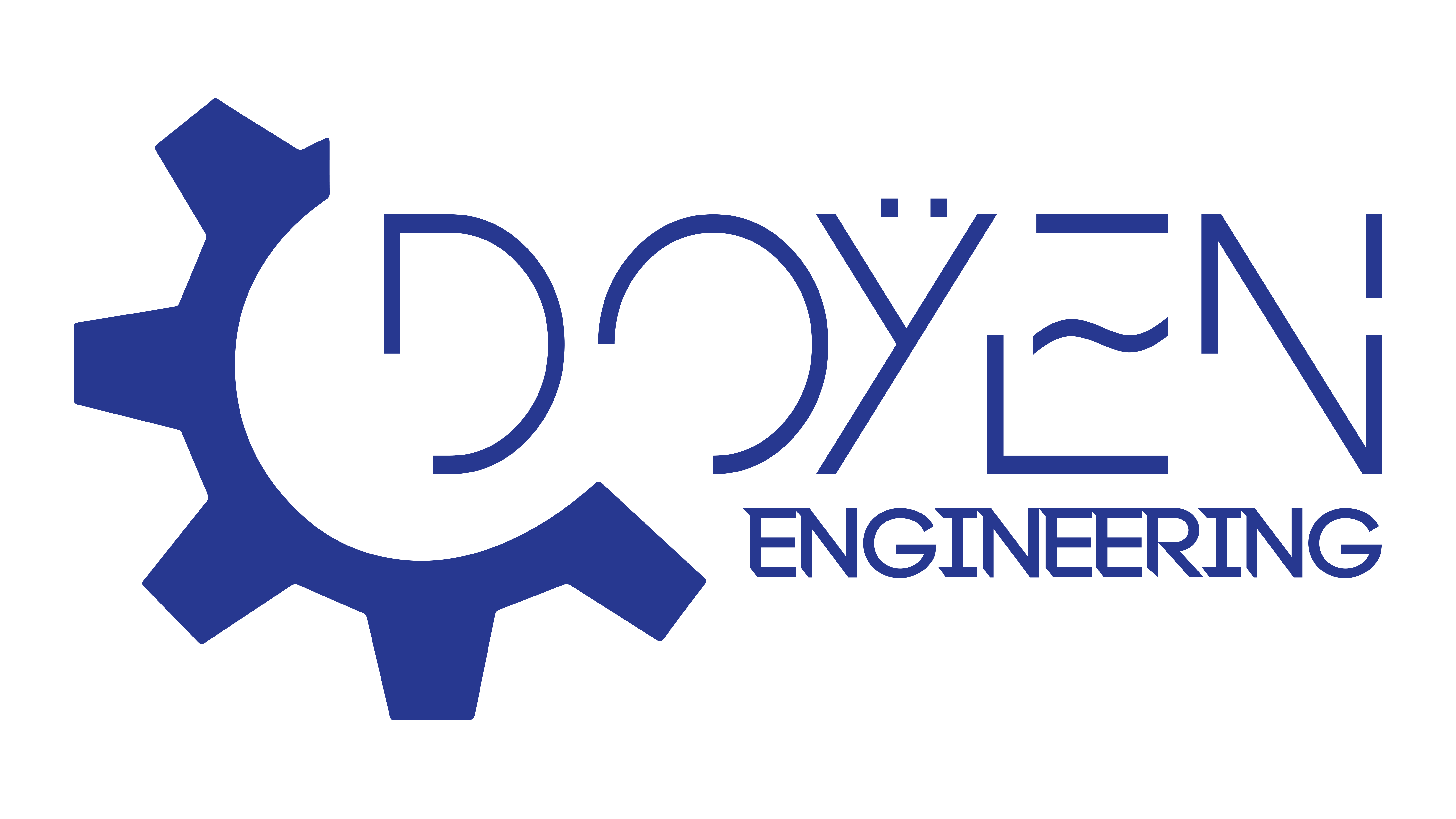
Overview of IEEE in Electrical Engineering Standards
What is IEEE?
The Institute of Electrical and Electronics Engineers, or IEEE, is a pivotal organization that brings together professionals from various fields of electrical engineering, electronics, and related disciplines. Founded in 1963, IEEE is known for its dynamic network of members, which enables the sharing of knowledge and innovation.
IEEE’s Role in Setting Electrical Engineering Standards
IEEE plays a crucial role in the development of standards that ensure the efficiency, safety, and sustainability of electrical systems. These standards help guide engineers and developers in creating reliable products. Key areas include:
- Safety protocols for electrical appliances
- Communication framework for devices
- Specifications for renewable energy integration
Having an established set of standards allows professionals to work more collaboratively and innovatively. For instance, when designing smart grids, following IEEE standards ensures seamless interaction between devices from different manufacturers. Ultimately, IEEE fosters a consistent approach that elevates the entire industry.

History of IEEE’s Standardization Efforts
Beginnings of IEEE Standards in Electrical Engineering
The journey of IEEE standards in electrical engineering dates back to its inception. Initially focused on electric power systems, the organization quickly recognized the need for uniformity. Early efforts were often informal, relying on collaboration among engineers.
Milestones in IEEE’s Standardization Journey
Over the decades, IEEE has established critical milestones, including:
- First Standard Publication (1904): The adoption of AC power system standards laid the groundwork for future developments.
- Formation of the IEEE Standards Association (1975): This initiative formalized processes for creating and maintaining standards.
These milestones reflect IEEE’s commitment to advancing the field and responding to evolving technological demands, making it a cornerstone of electrical engineering today.

Importance of IEEE Standards in Electrical Engineering
Ensuring Safety in Electrical Systems
One of the primary roles of IEEE standards is to ensure the safety of electrical systems. From household wiring to complex industrial equipment, adhering to these standards minimizes risks associated with electrical malfunctions. For example:
- Short Circuit Prevention: Standards provide guidelines on circuit protection to avoid electrical fires.
- Equipment Performance: Establishes benchmarks for durability, ensuring long-lasting and reliable devices.
Facilitating Interoperability and Innovation
In addition to safety, IEEE standards encourage interoperability among devices. When engineers follow these guidelines:
- Seamless Integration: Diverse systems can communicate effortlessly, enabling smarter technologies.
- Encouragement of Innovation: A common framework motivates developers to create new solutions without worrying about compatibility issues.
Overall, IEEE standards promote a harmonious and innovative electrical engineering landscape, driving advancements that enhance daily life.

IEEE Standard Development Process
Stakeholder Involvement in Standards Development
The development of IEEE standards is a collaborative effort that actively involves stakeholders from diverse sectors. This inclusive approach ensures that various perspectives are considered, enhancing the reliability of the resulting standards. Stakeholders include:
- Industry professionals—who provide practical insights.
- Academics—offering research-backed perspectives.
- Government representatives—ensuring regulatory compliance.
This collaborative vibe often reminds me of brainstorming sessions where diverse ideas spark innovation and lead to comprehensive solutions.
Technical Committees and Working Groups in IEEE
Within IEEE, specialized technical committees and working groups focus on specific areas of electrical engineering. Each group is composed of experts who collaborate to draft and review standards. Key benefits of this structure include:
- Focused Expertise: Each committee concentrates on niche subjects.
- Agile Development: Standards can be adapted quickly in response to technological advancements.
In this way, IEEE creates a dynamic environment where standards evolve to meet the needs of the industry continuously.

Impact of IEEE Standards on Electrical Engineering Industry
Case Studies of IEEE Standards Implementation
The influence of IEEE standards can be vividly seen through various successful case studies. For instance, major tech companies have adopted IEEE 802.11 standards for wireless networking. This resulted in:
- Enhanced Connectivity: The widespread use of Wi-Fi in homes and businesses, fostering global internet access.
- Improved Device Compatibility: Various devices from different manufacturers can work together seamlessly.
These implementations not only drive user satisfaction but also spur economic growth through improved technology.
Advantages of Adhering to IEEE Standards
Adhering to IEEE standards presents a plethora of benefits for companies in the electrical engineering sector. Key advantages include:
- Quality Assurance: Products developed under these standards tend to be more reliable and safer.
- Market Competitiveness: Companies can gain a competitive edge by showcasing their compliance with recognized standards.
- Global Recognition: IEEE standards are respected worldwide, facilitating international business partnerships.
The combination of these factors significantly enriches the overall landscape of the electrical engineering industry, paving the way for innovation and growth.






